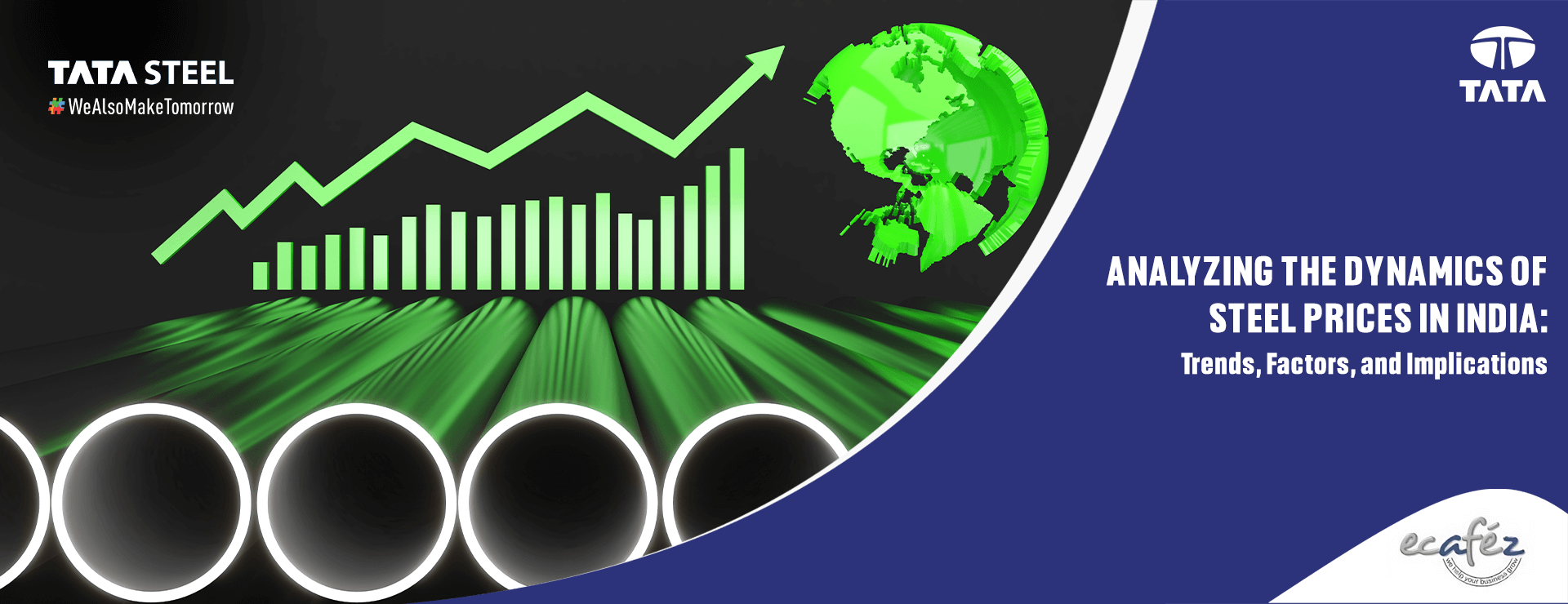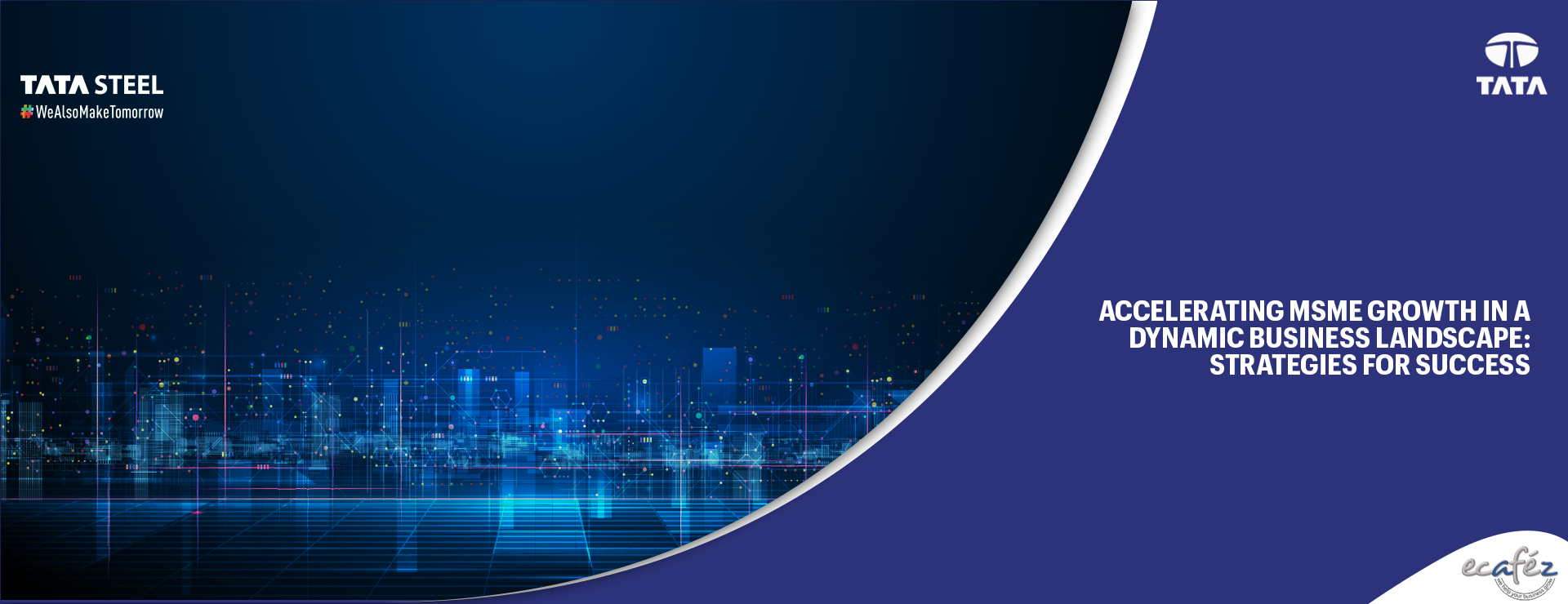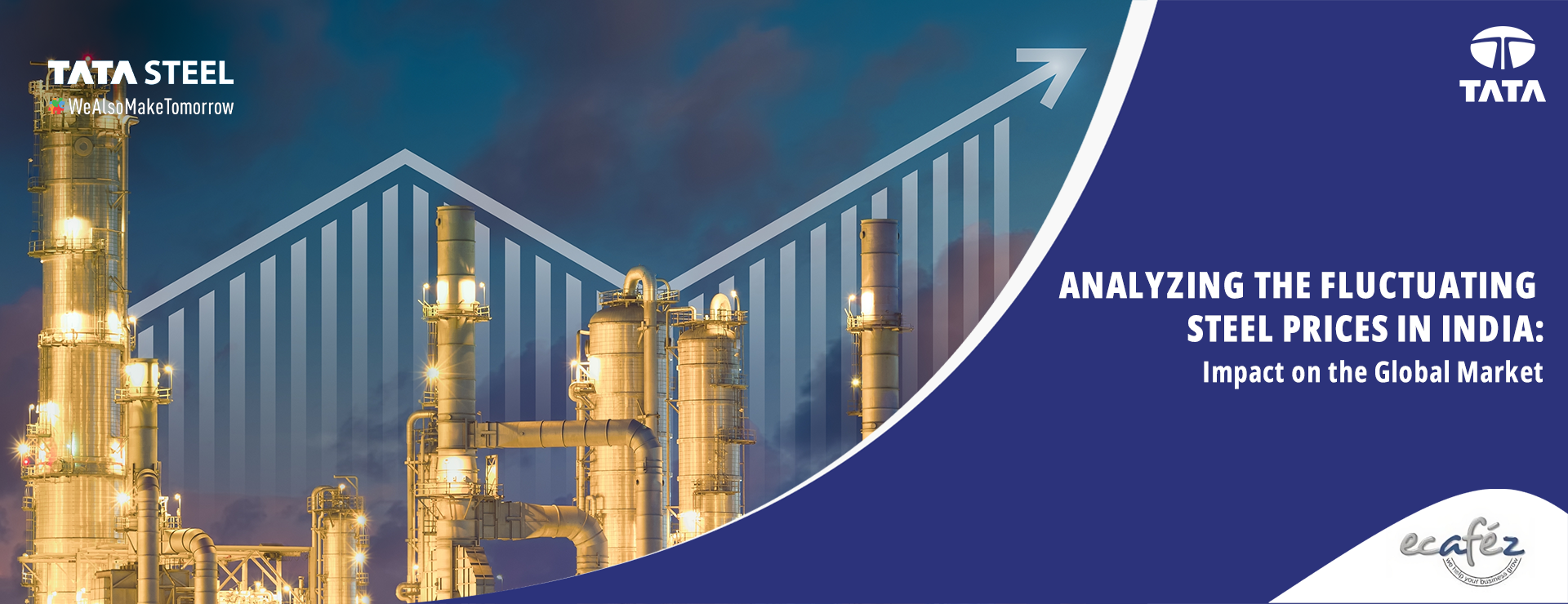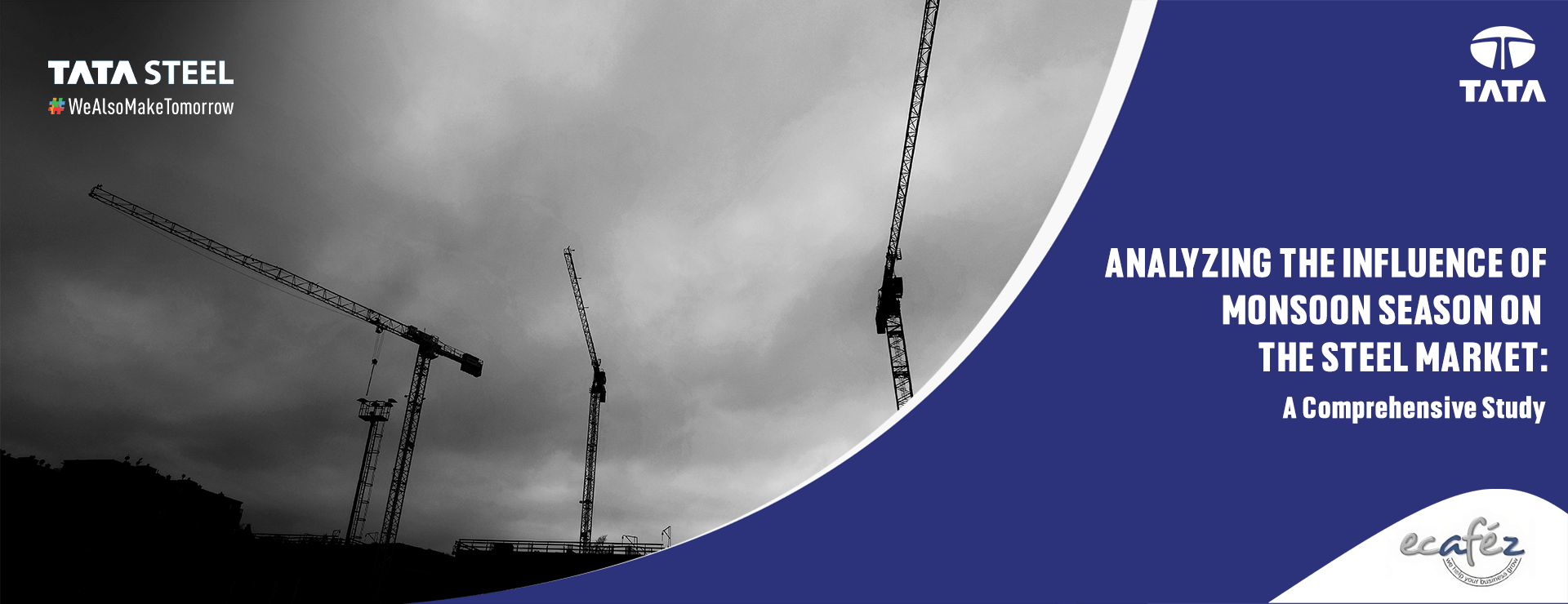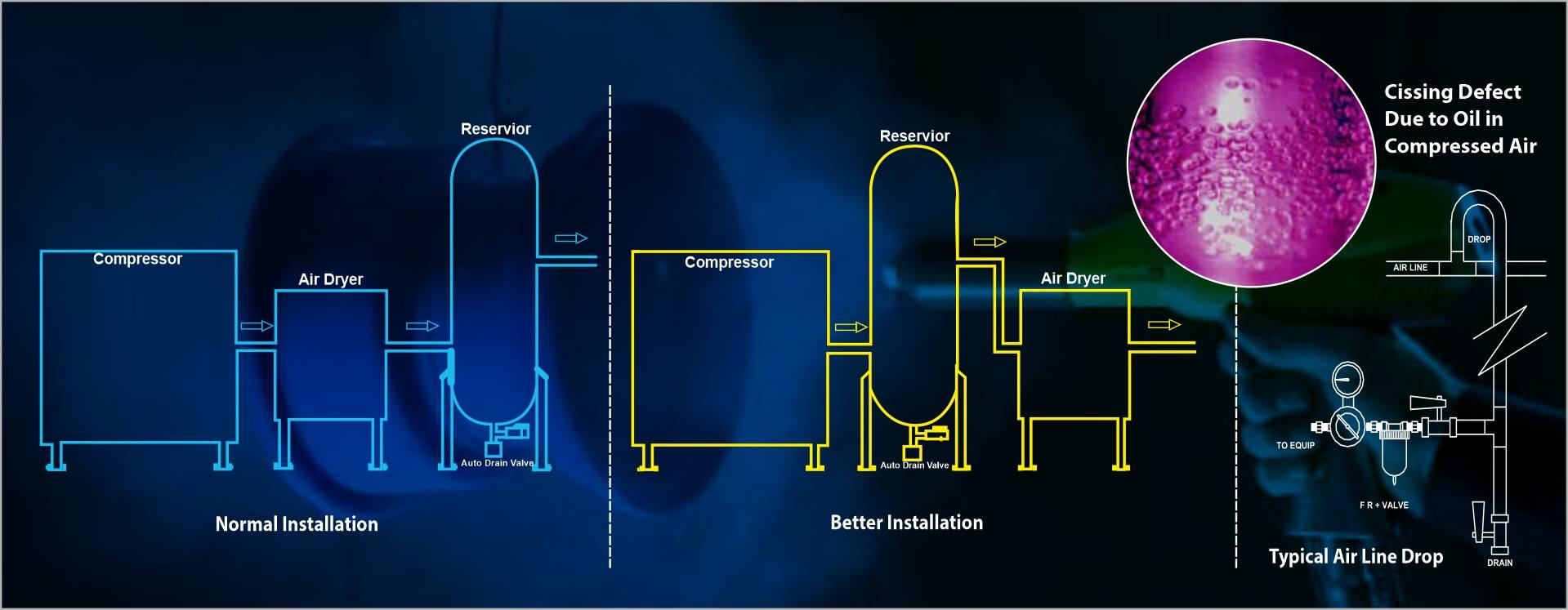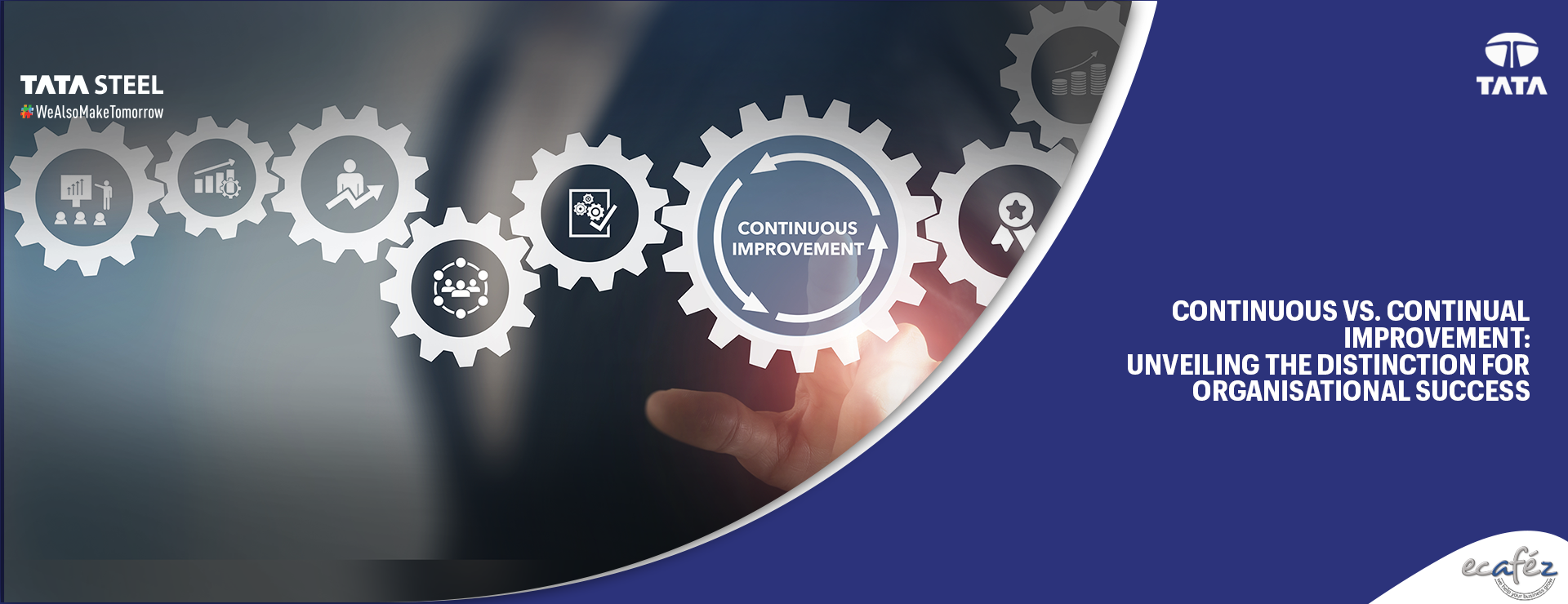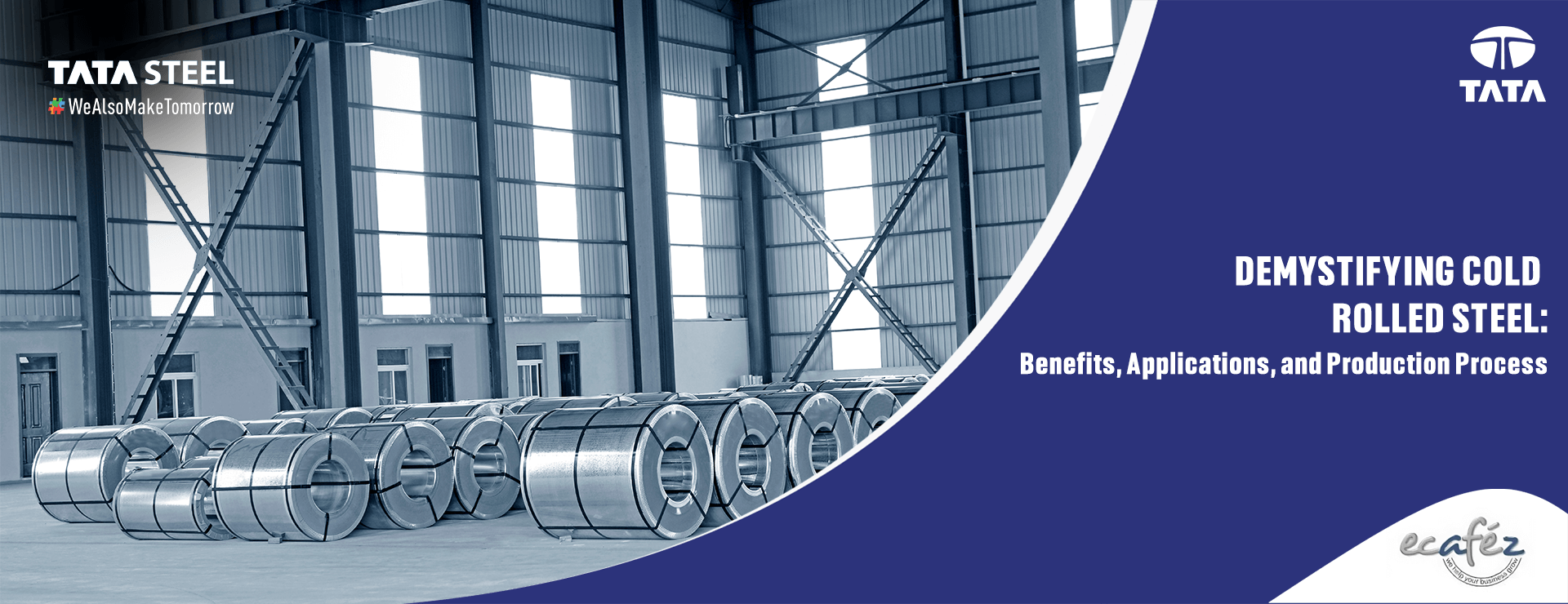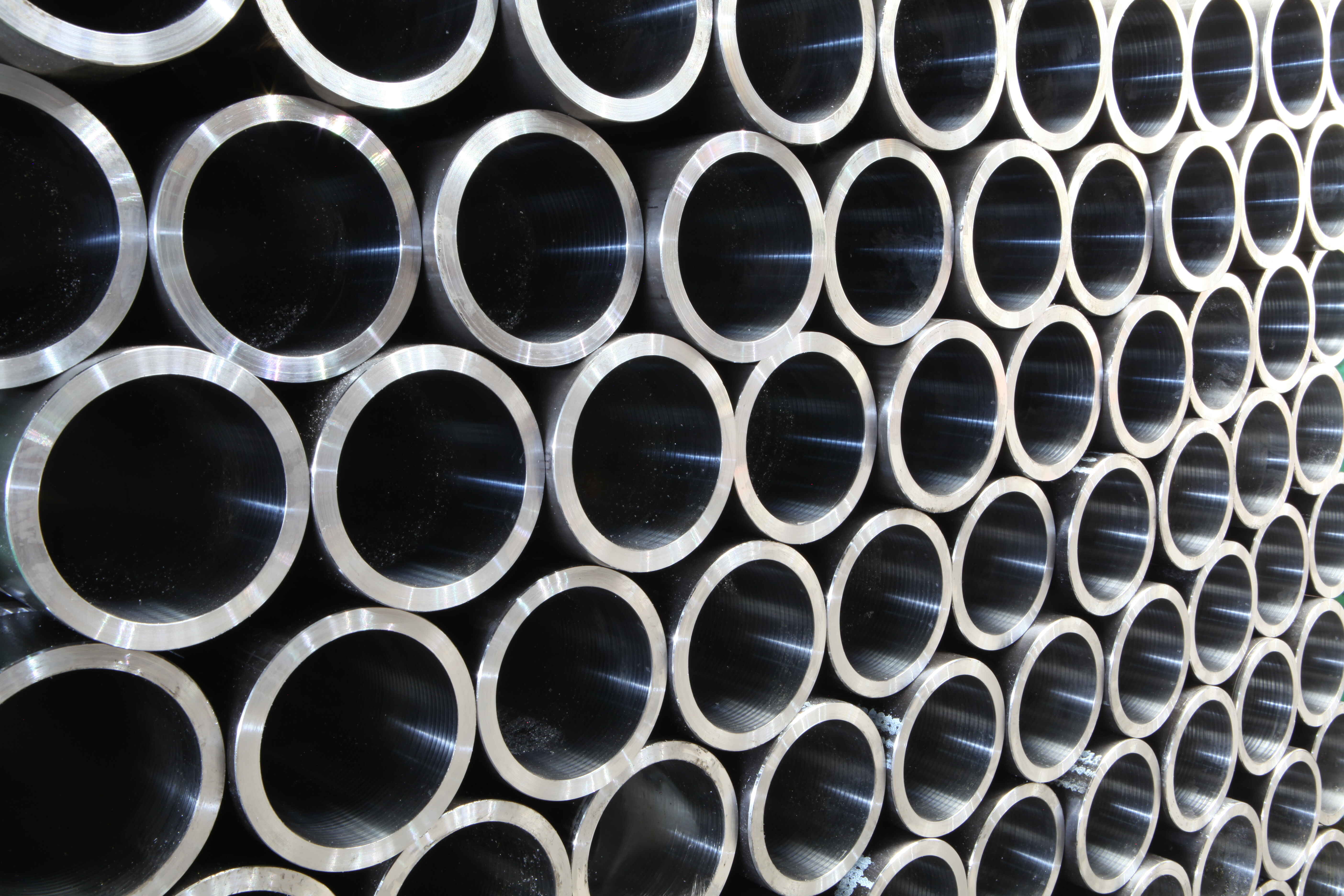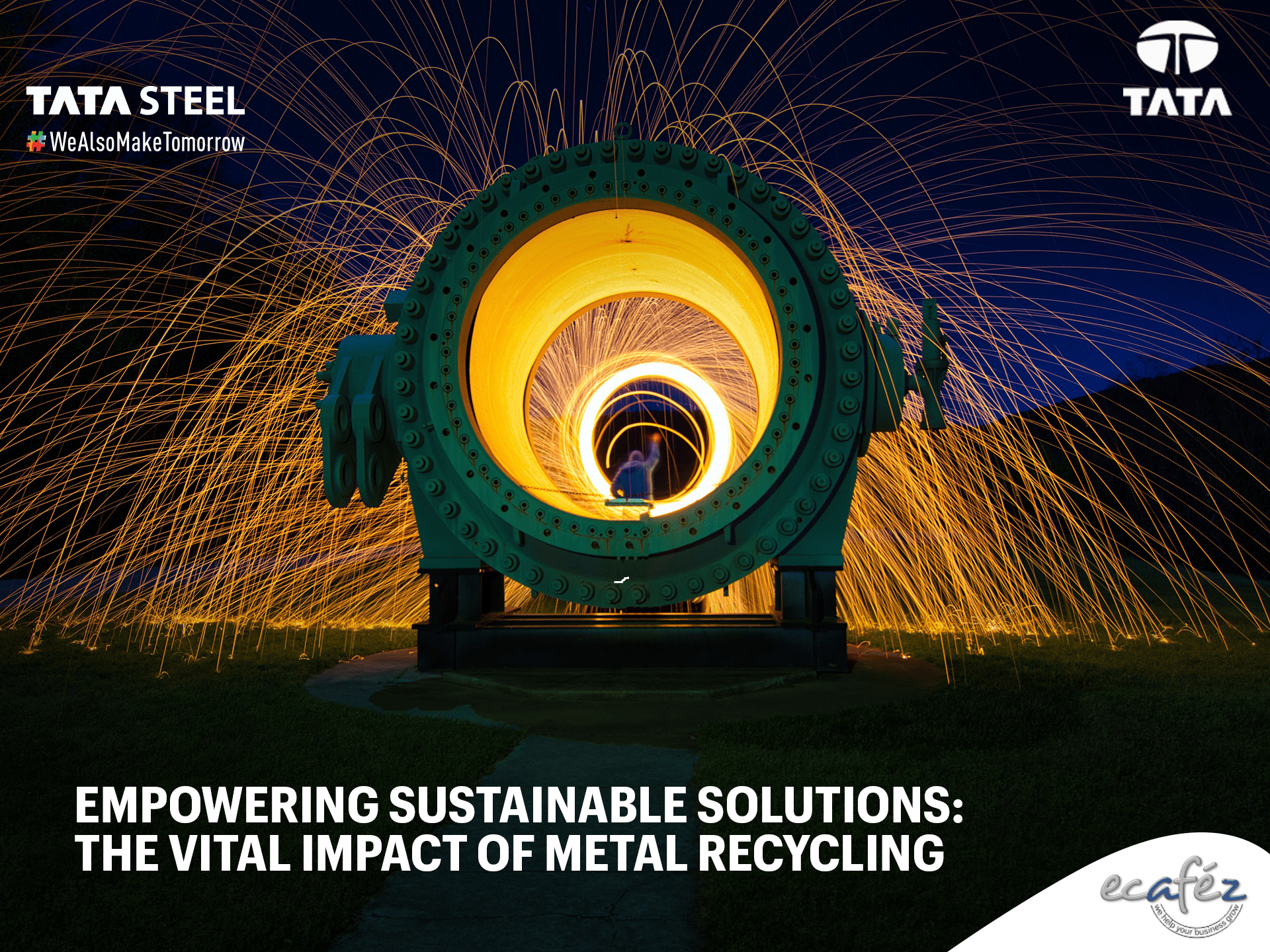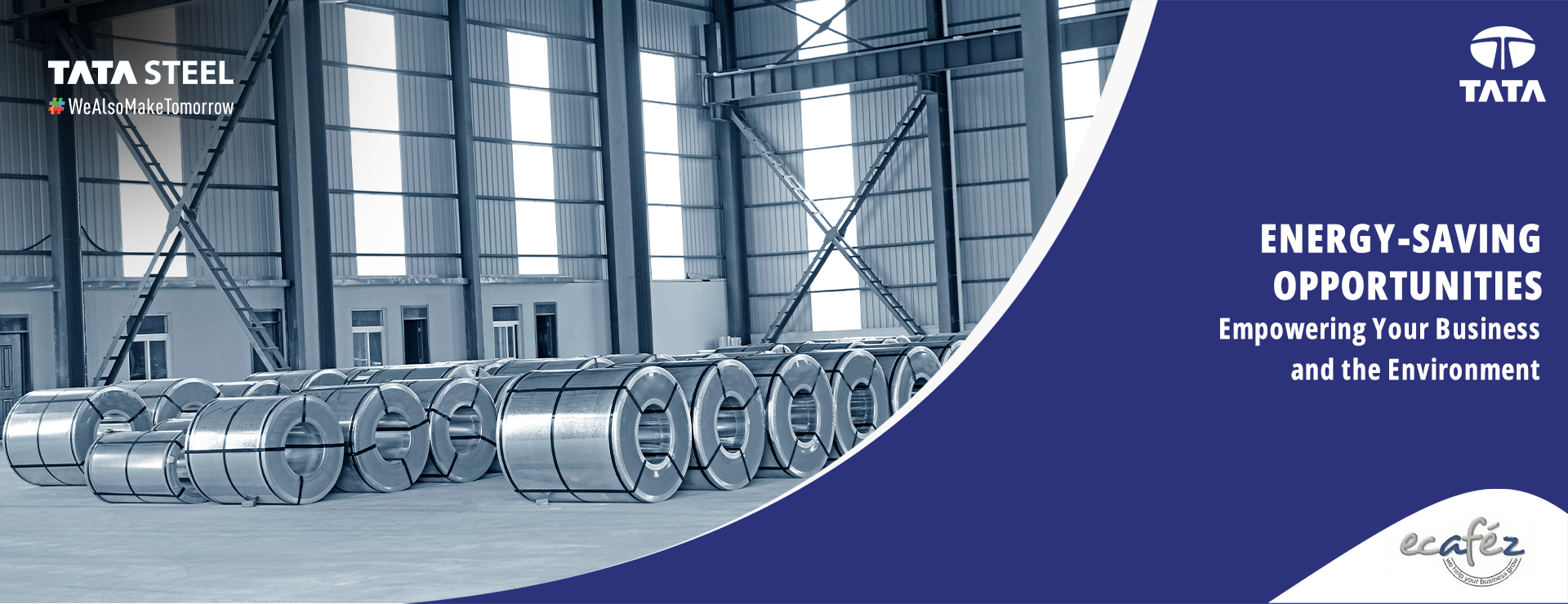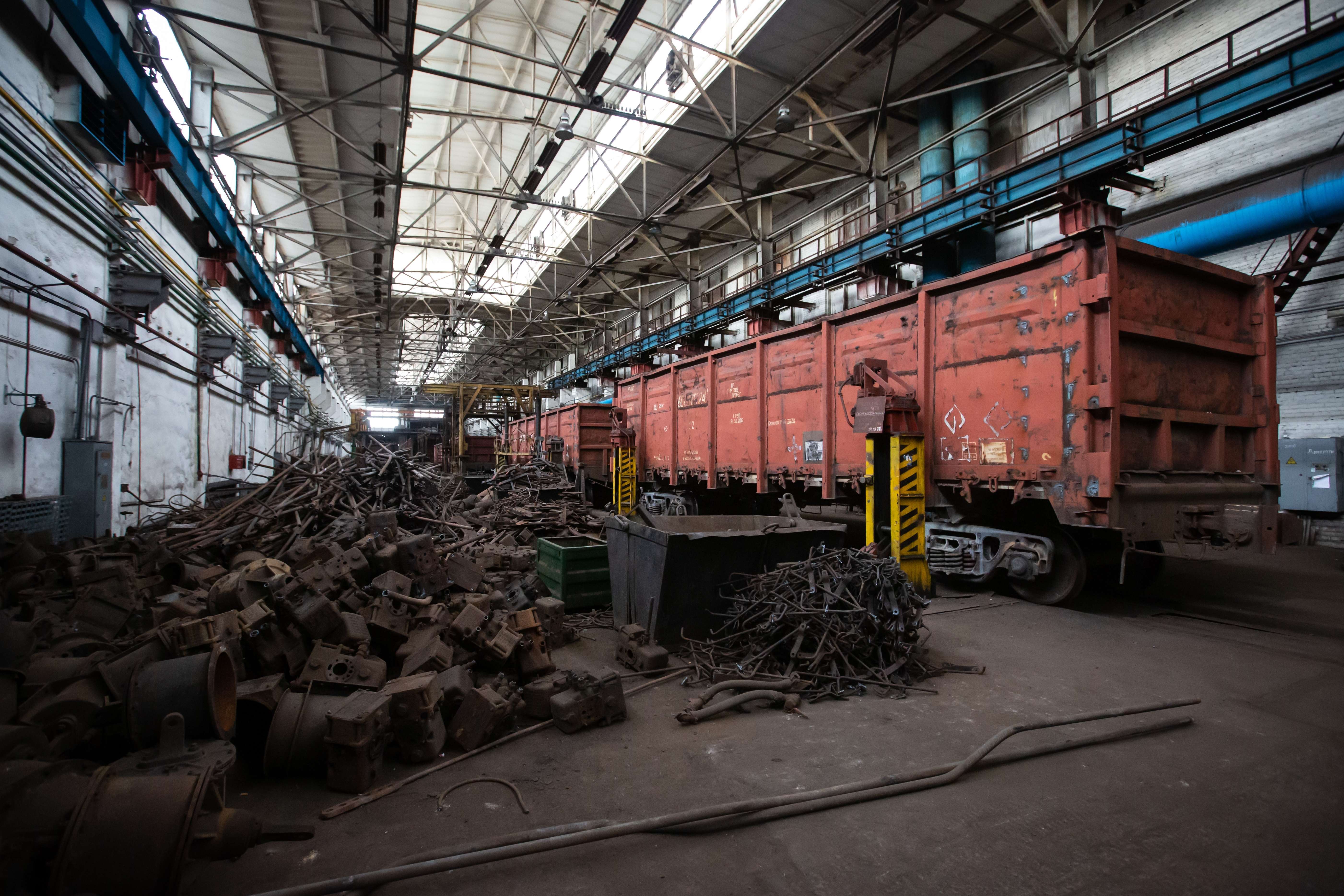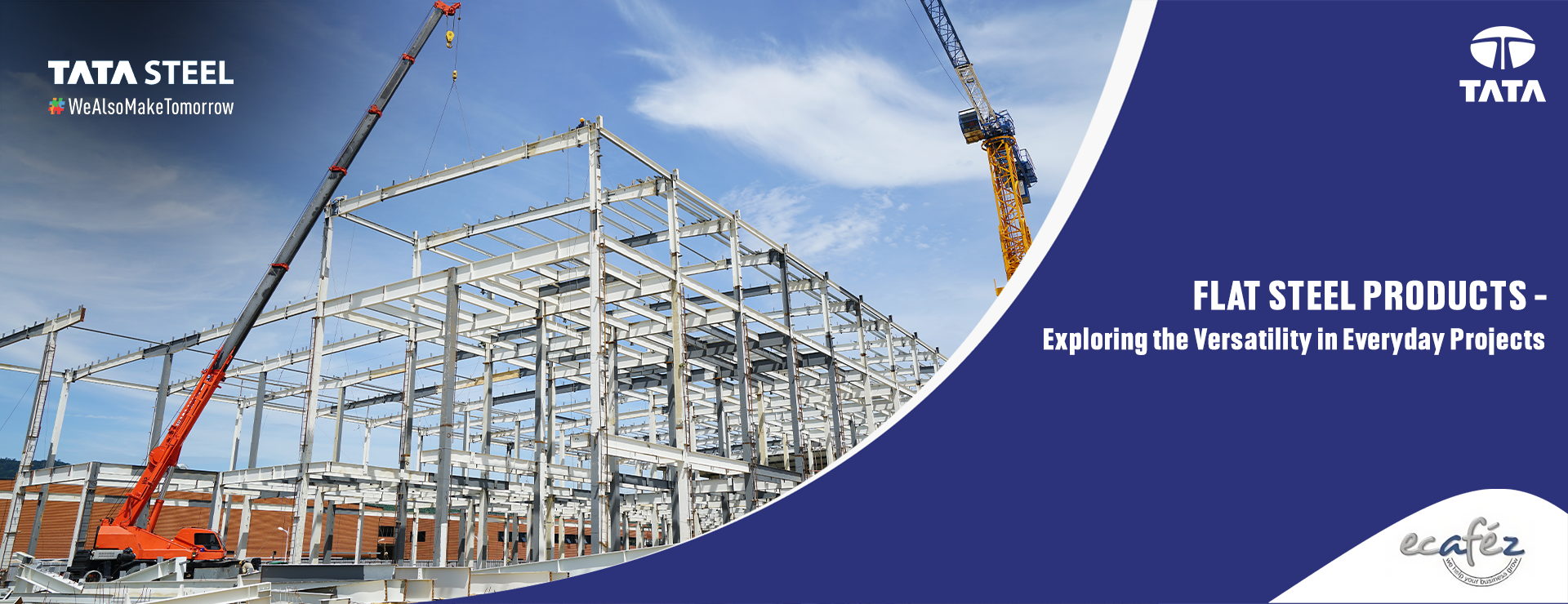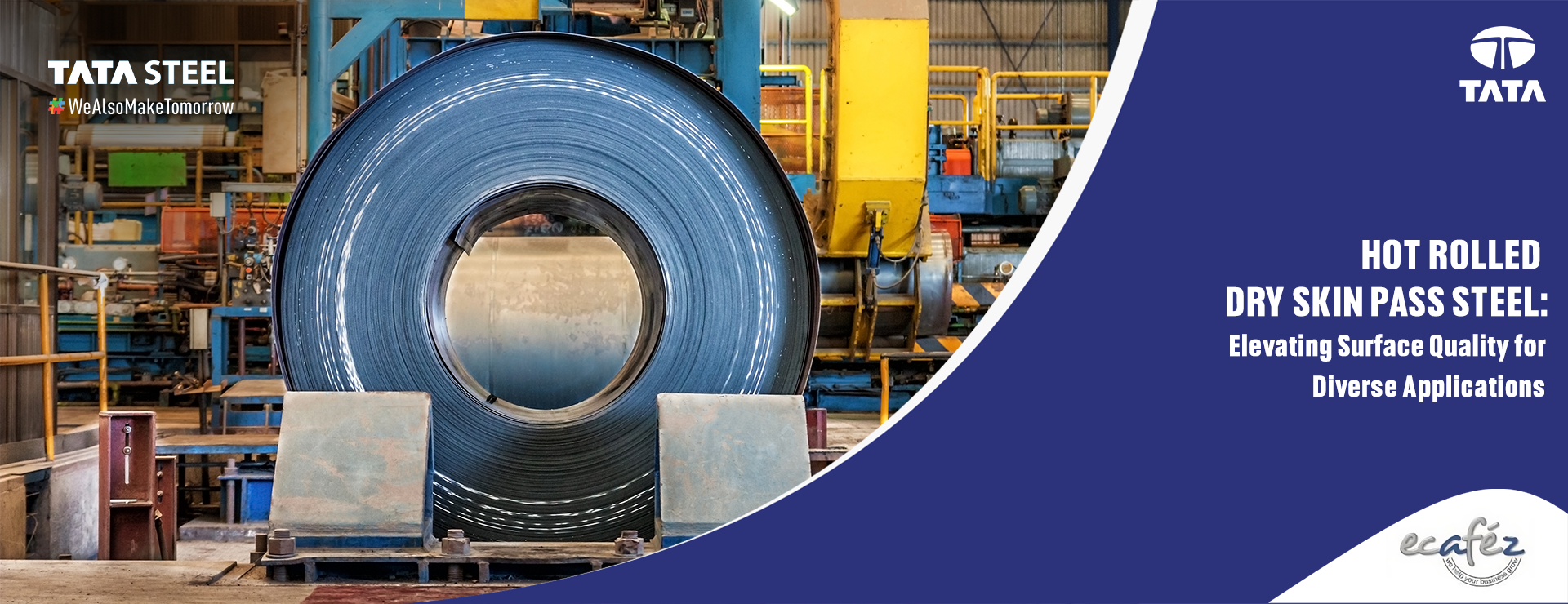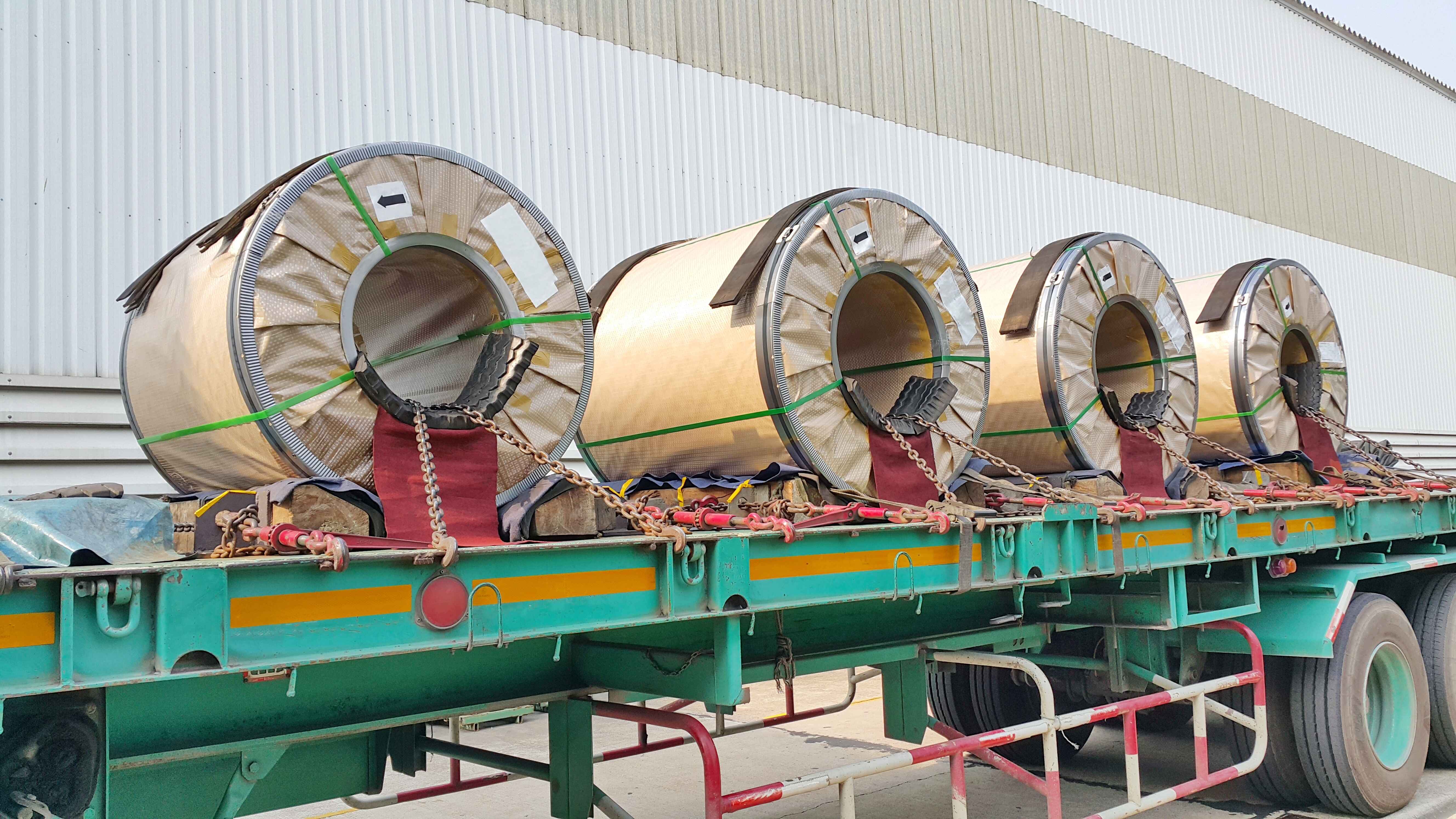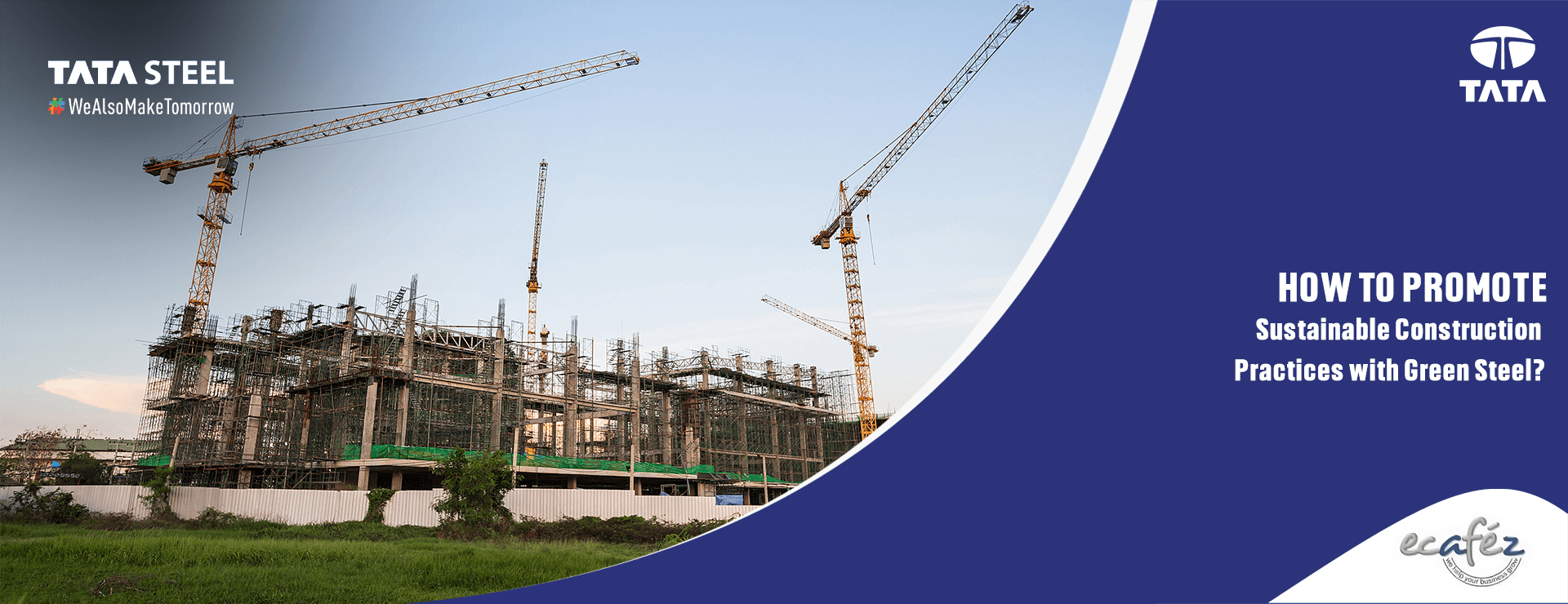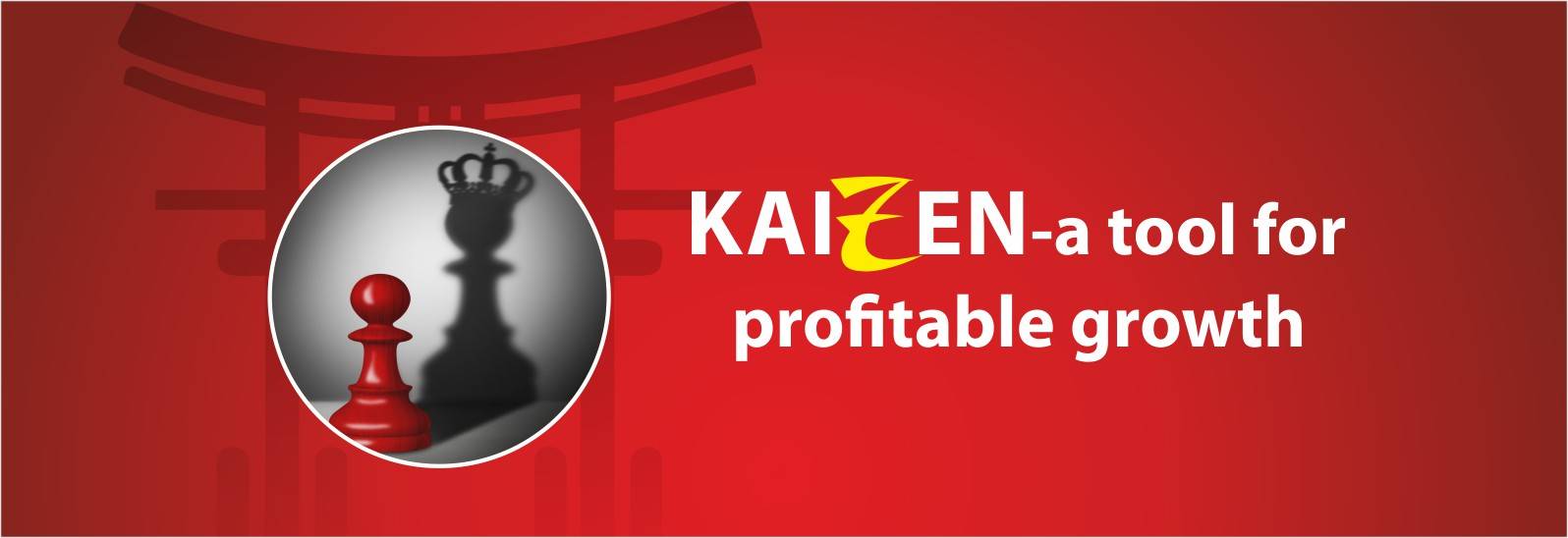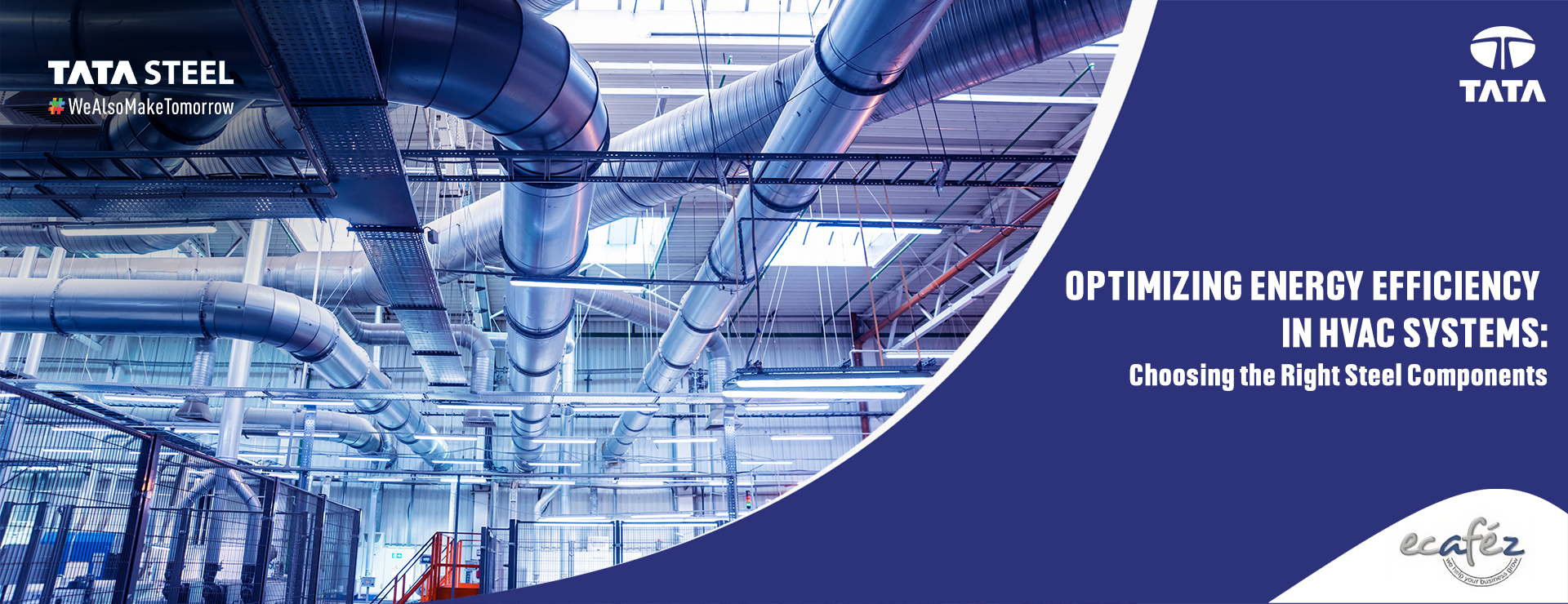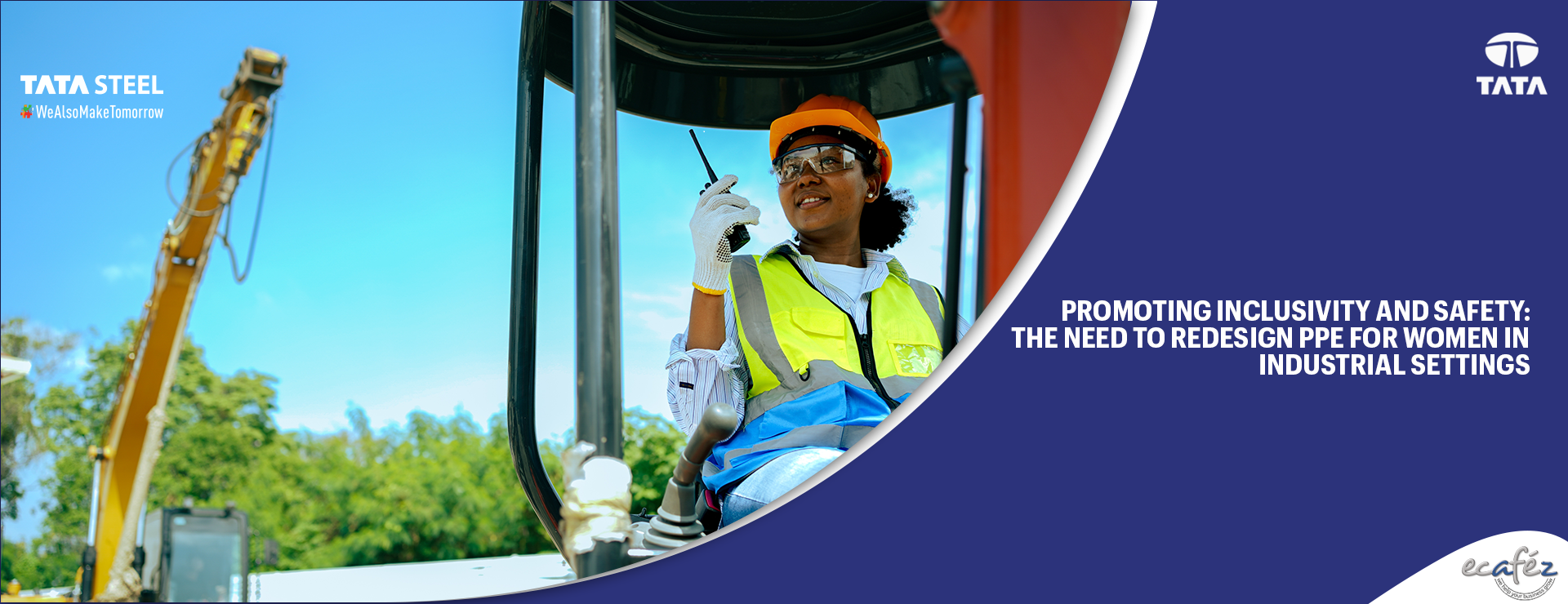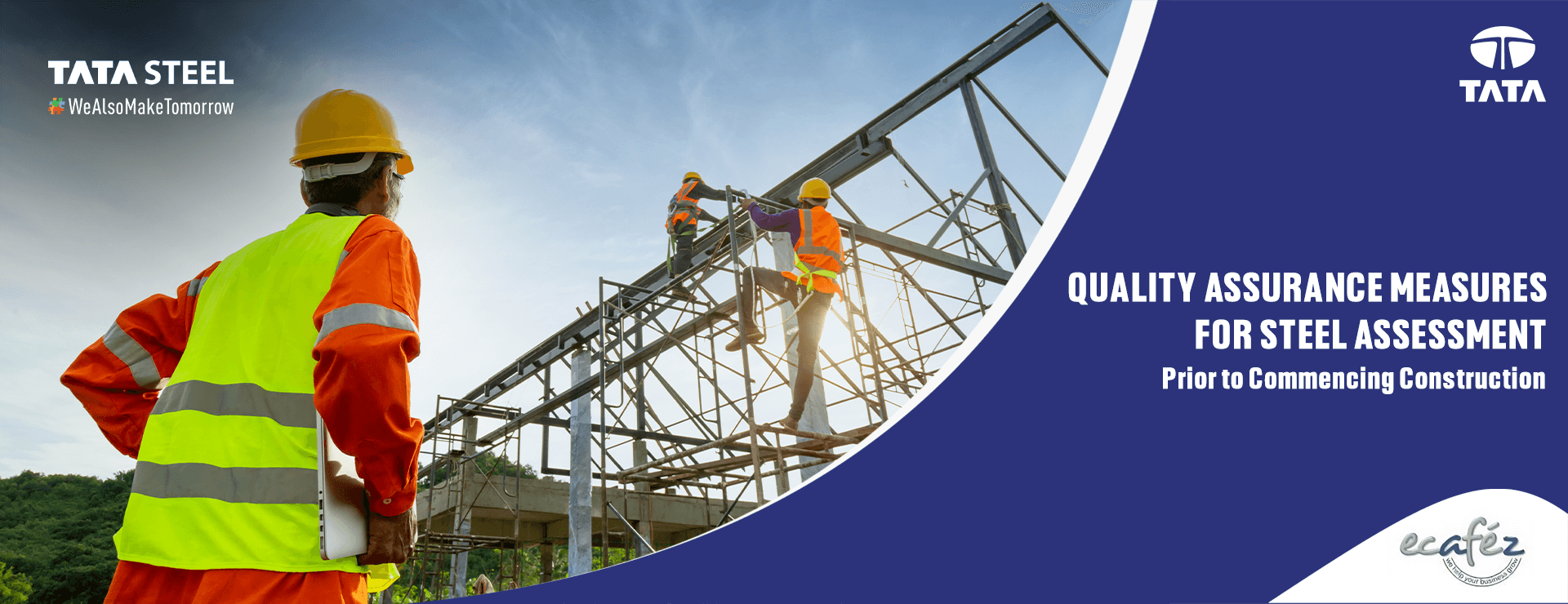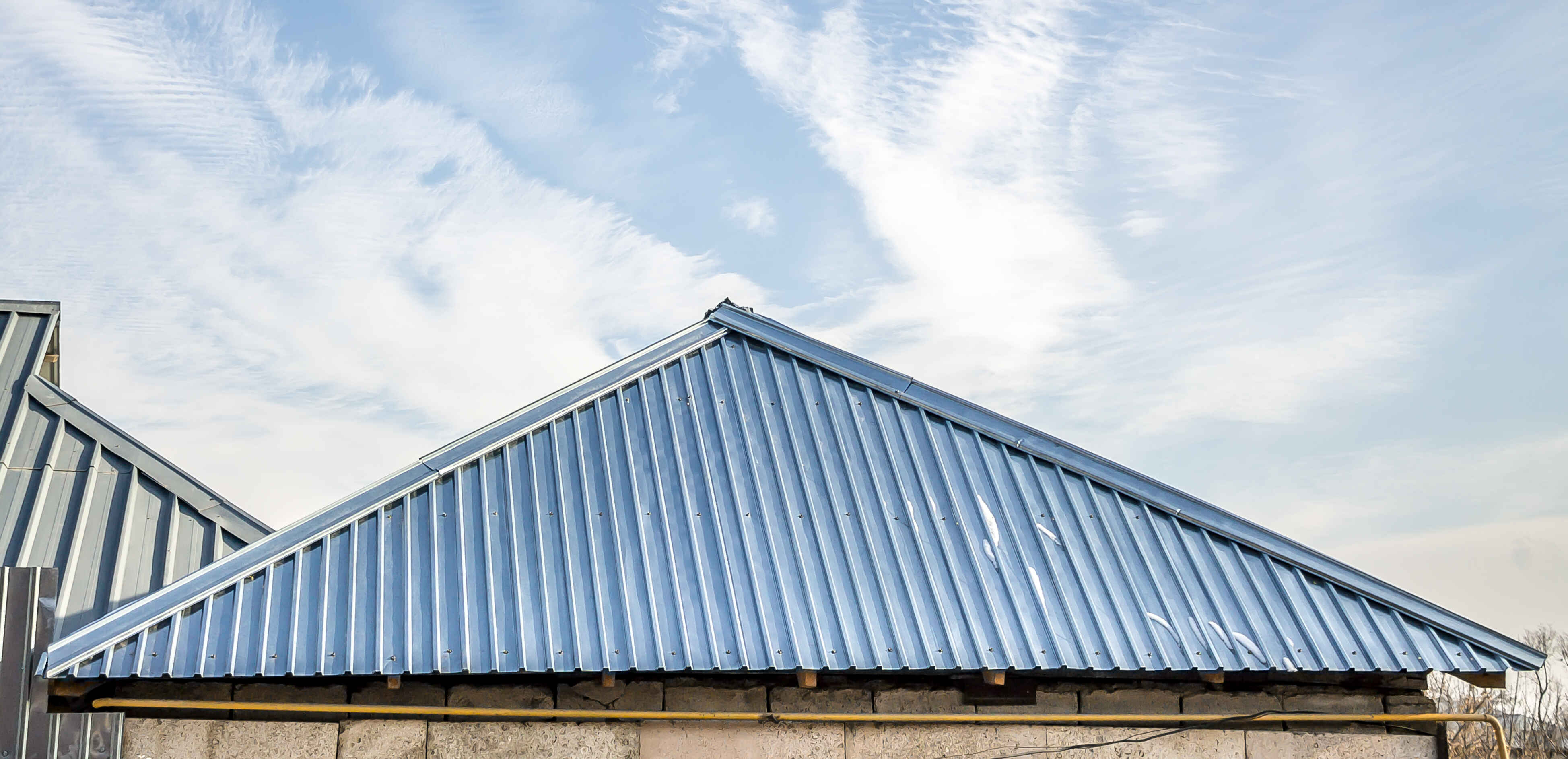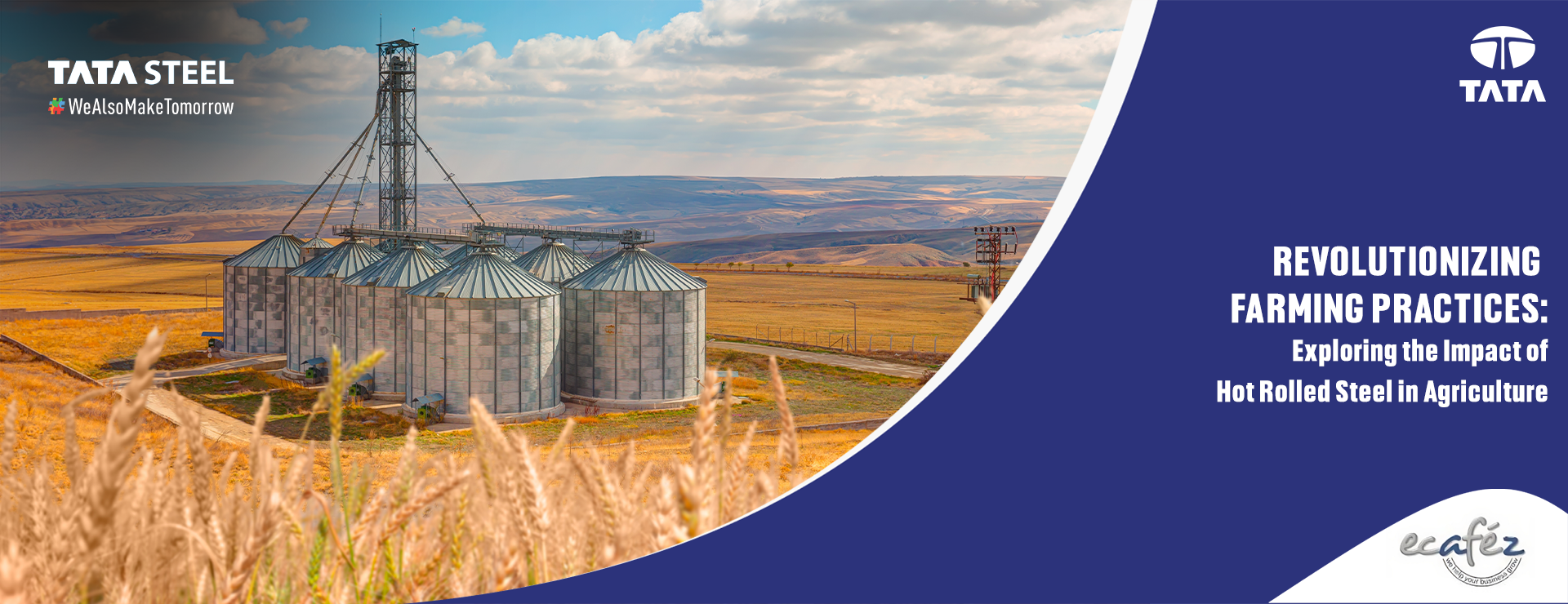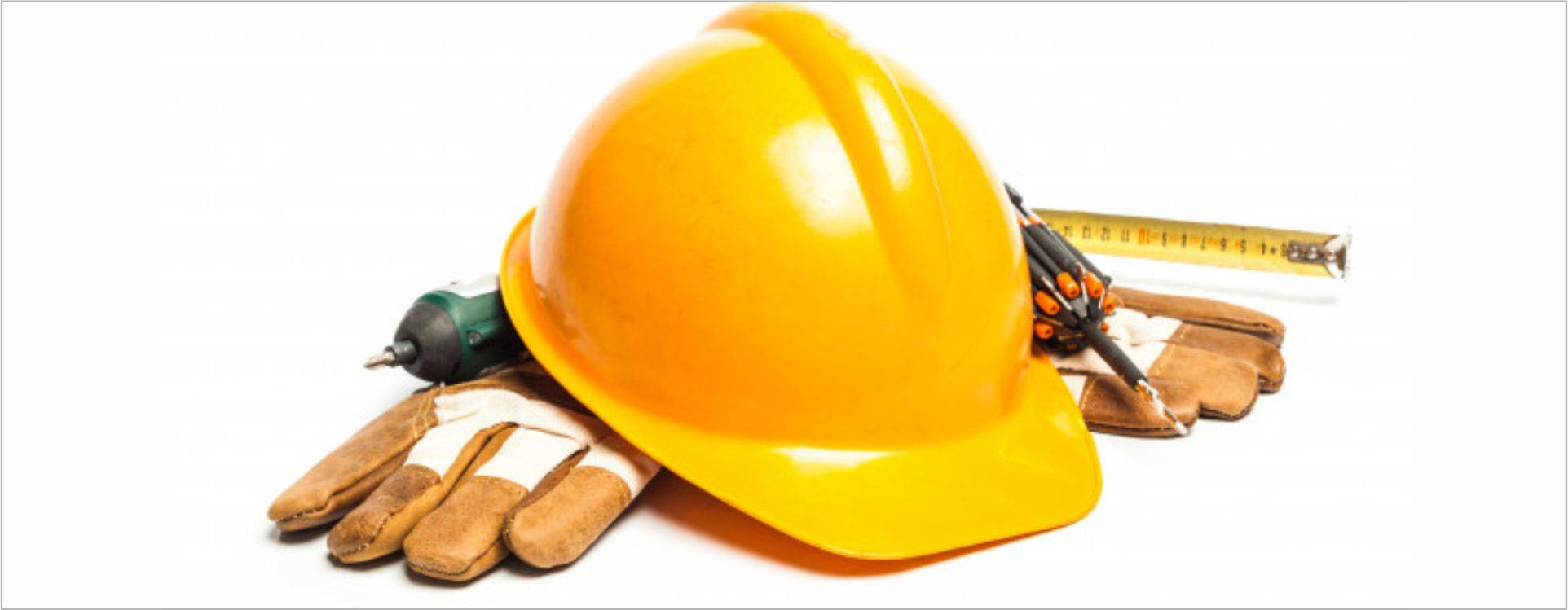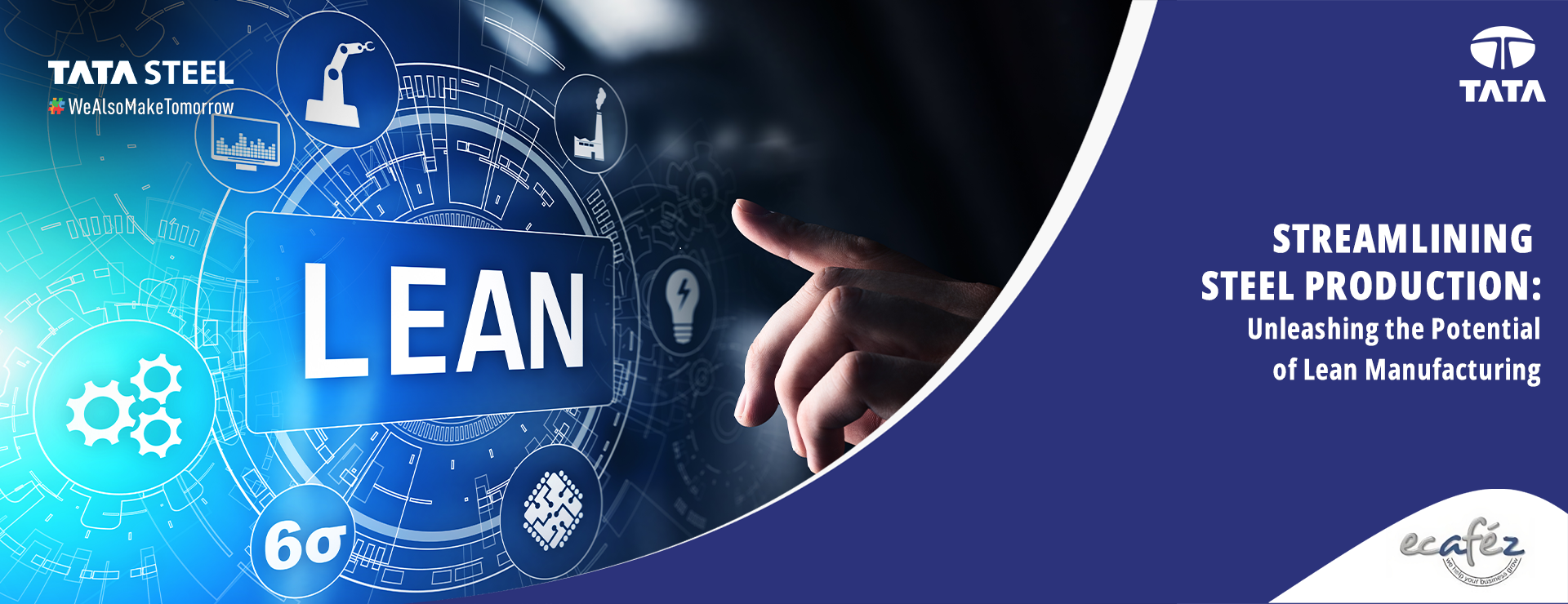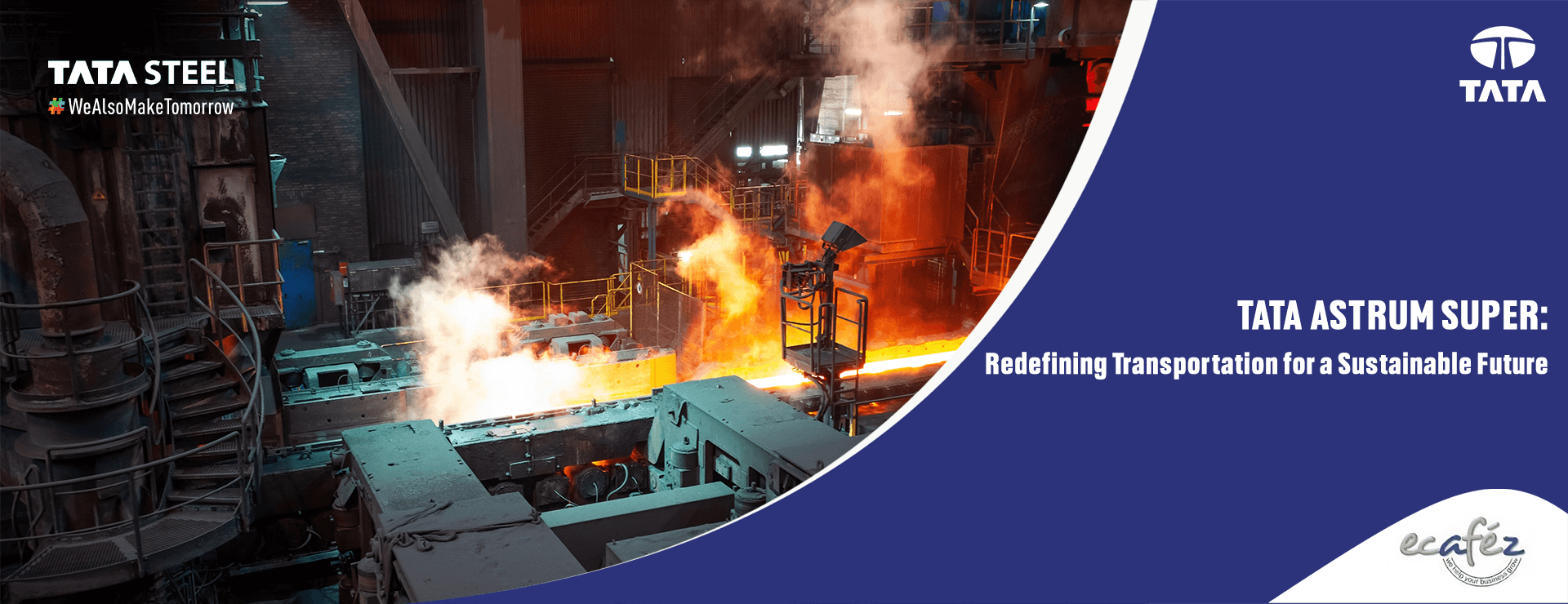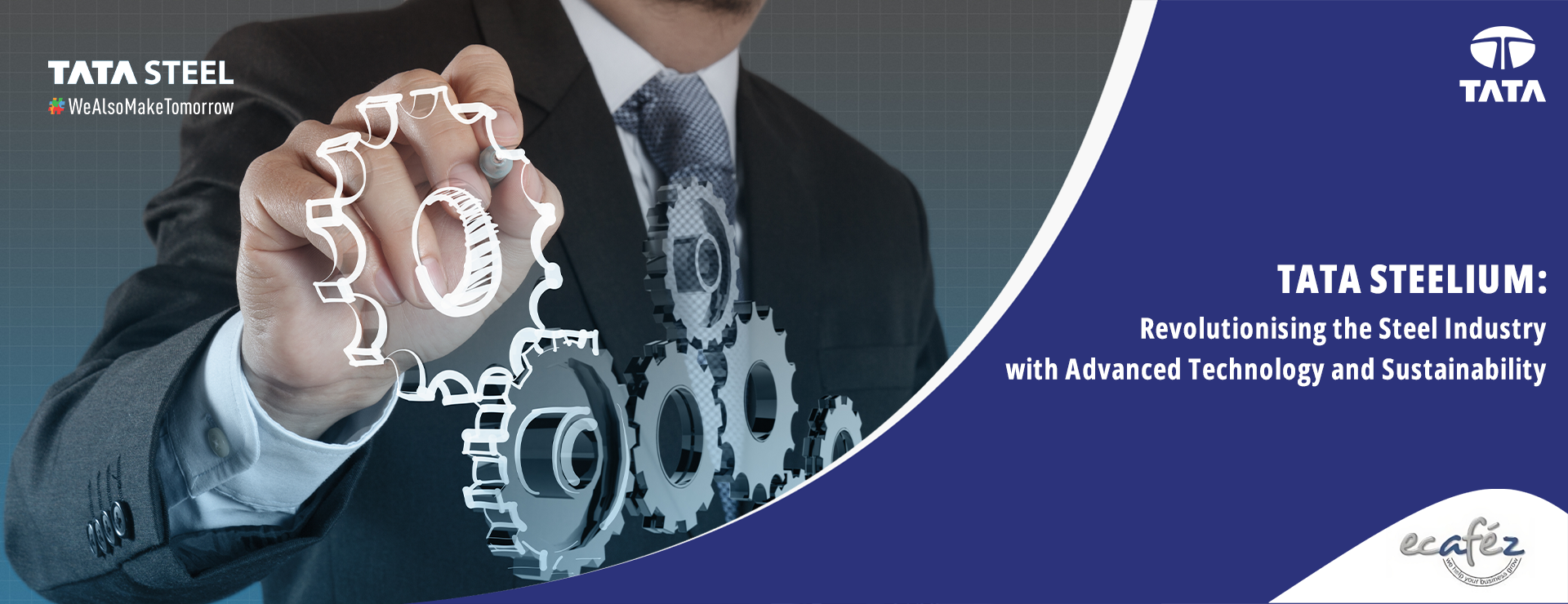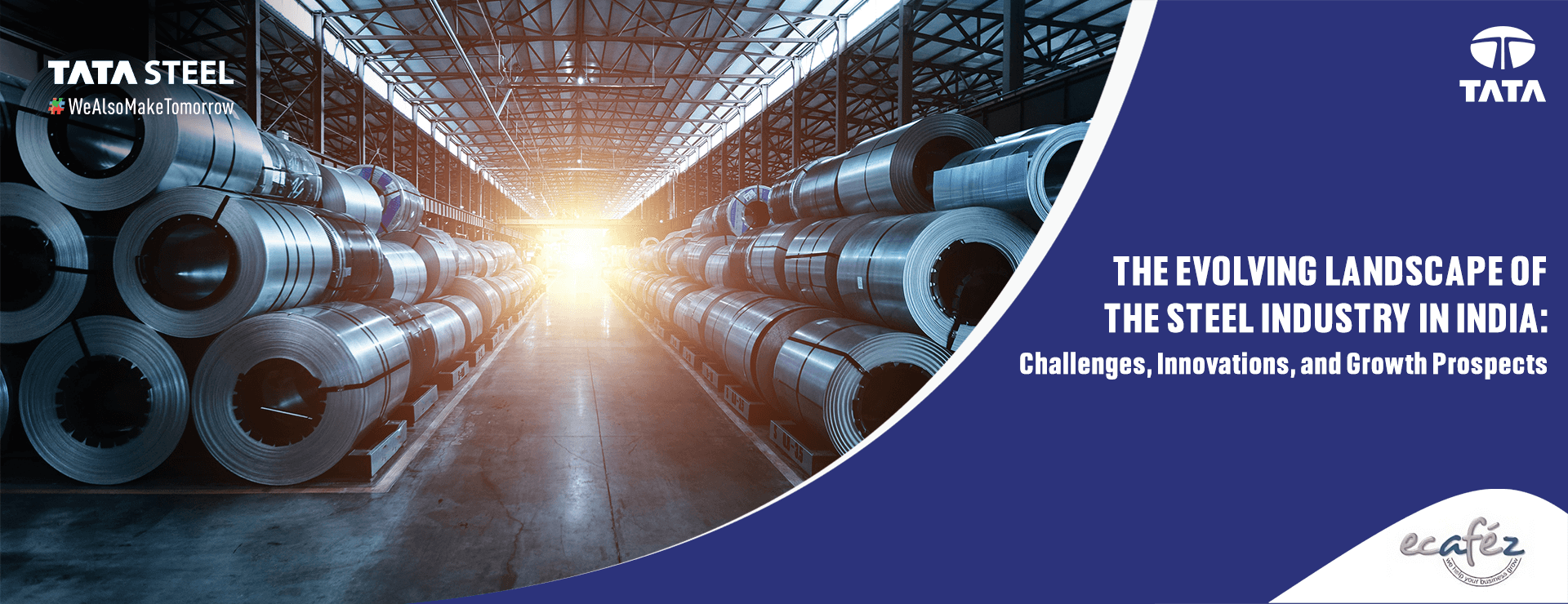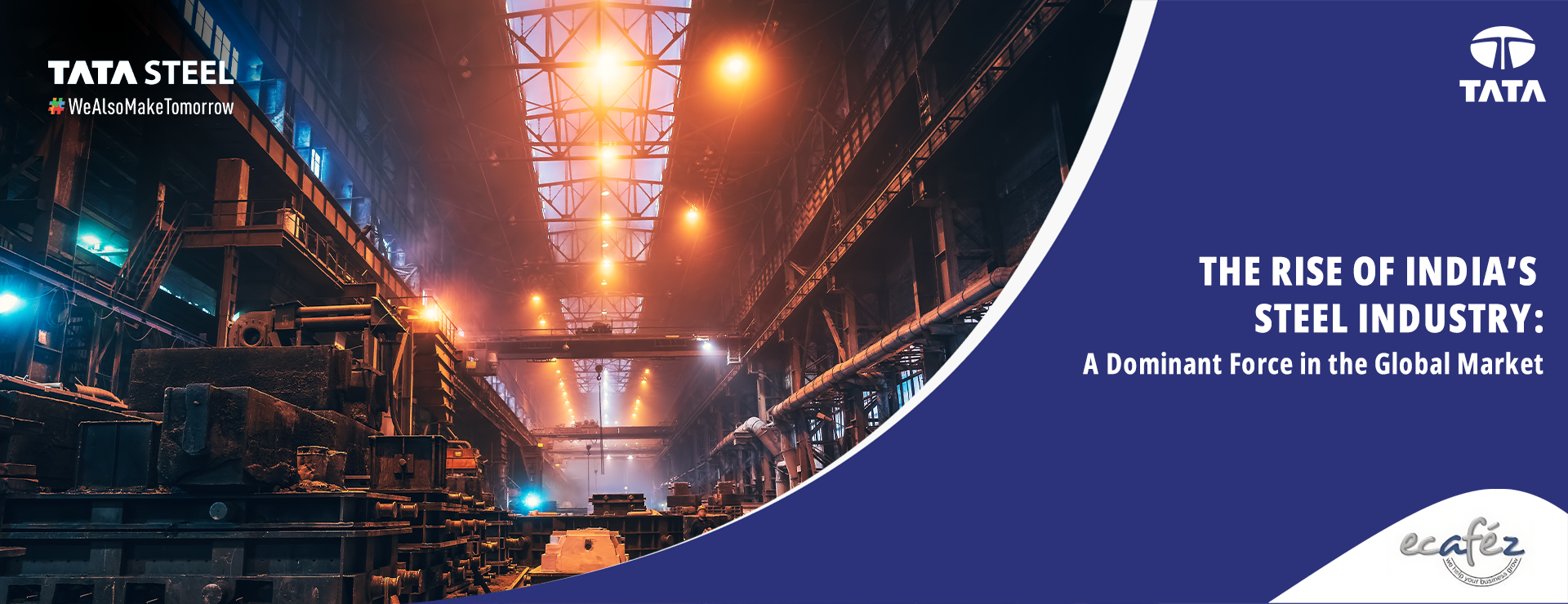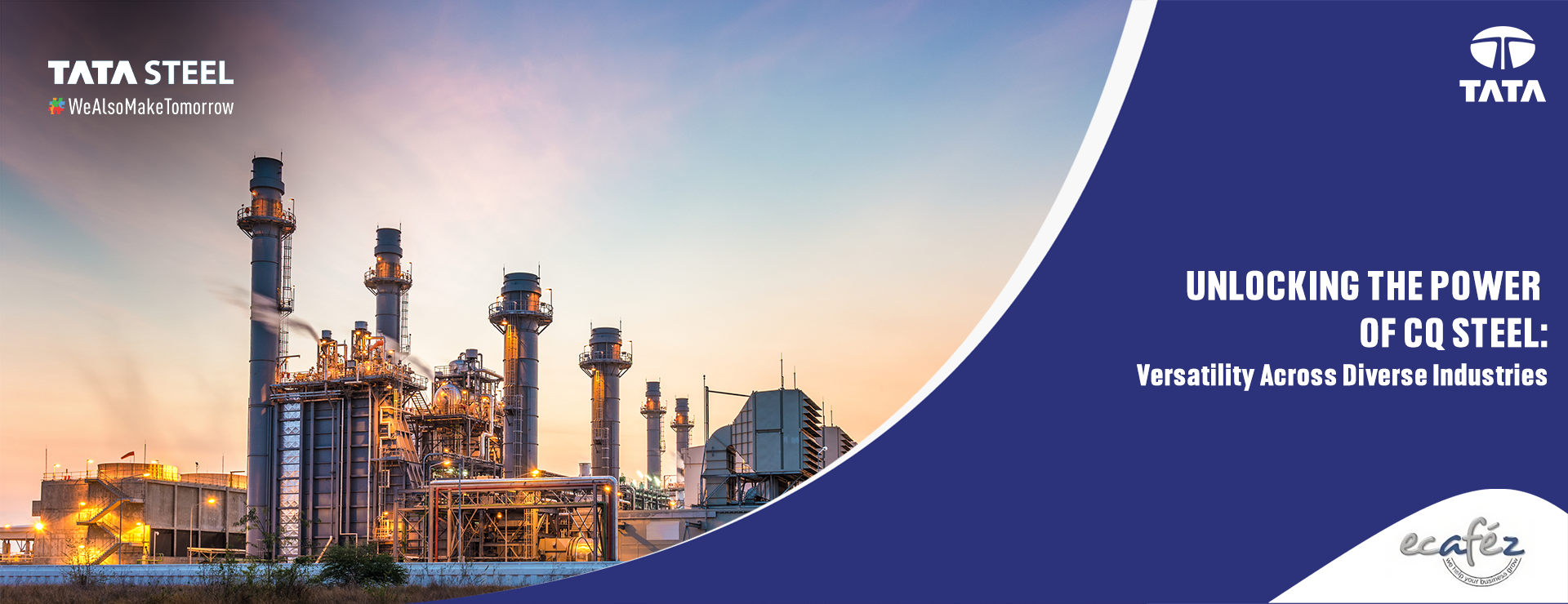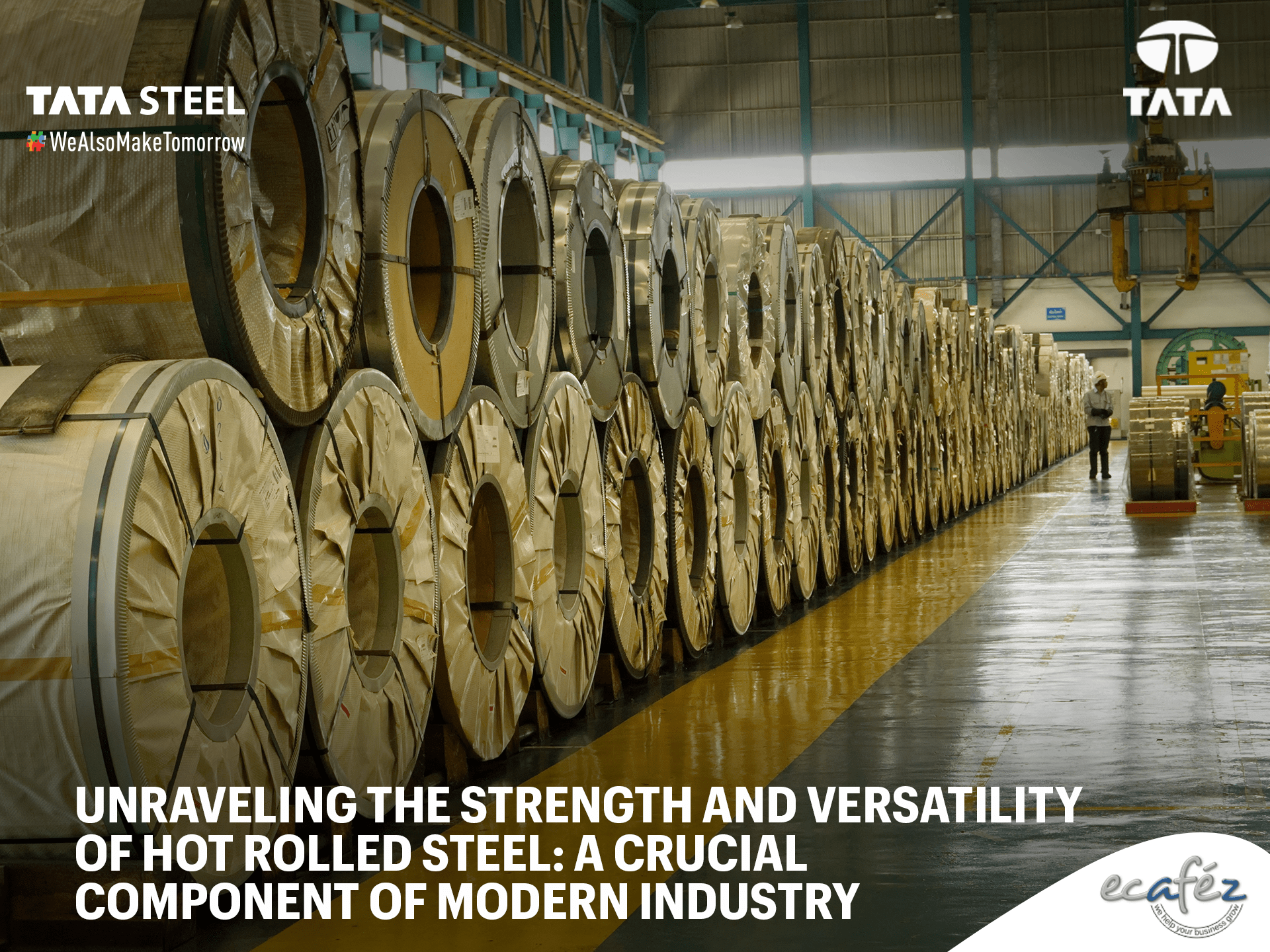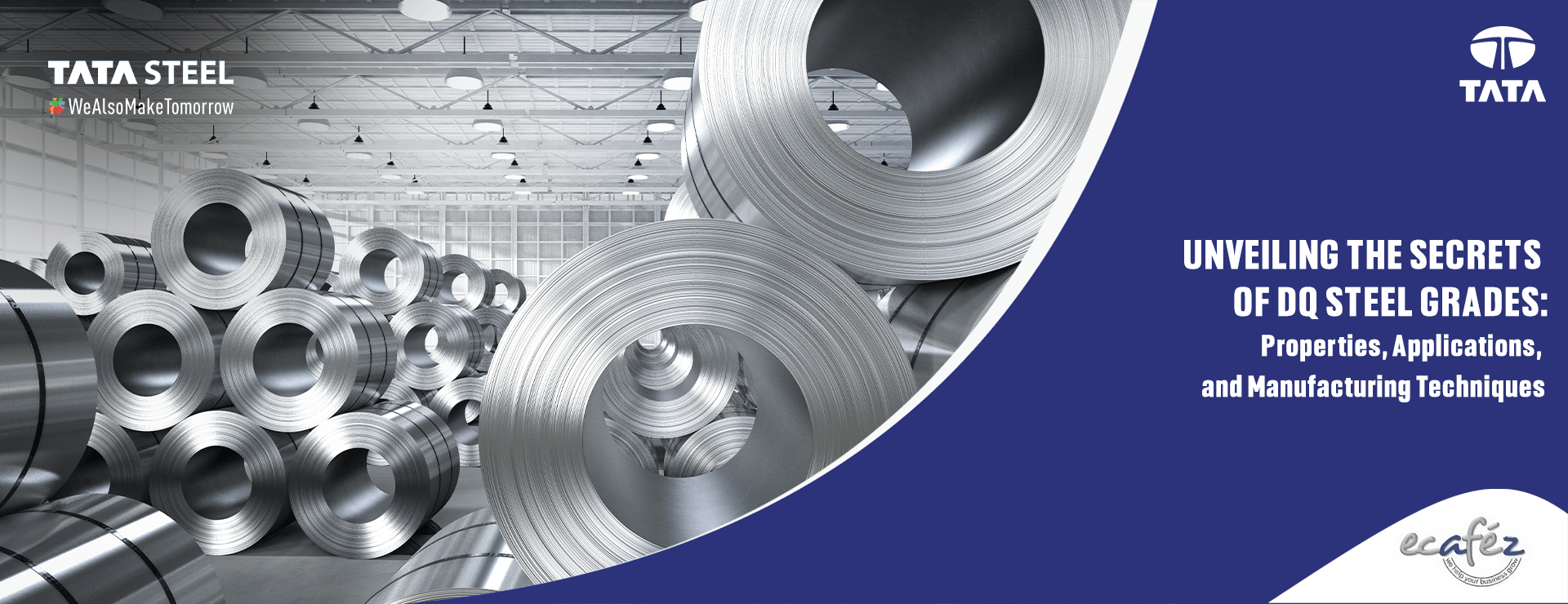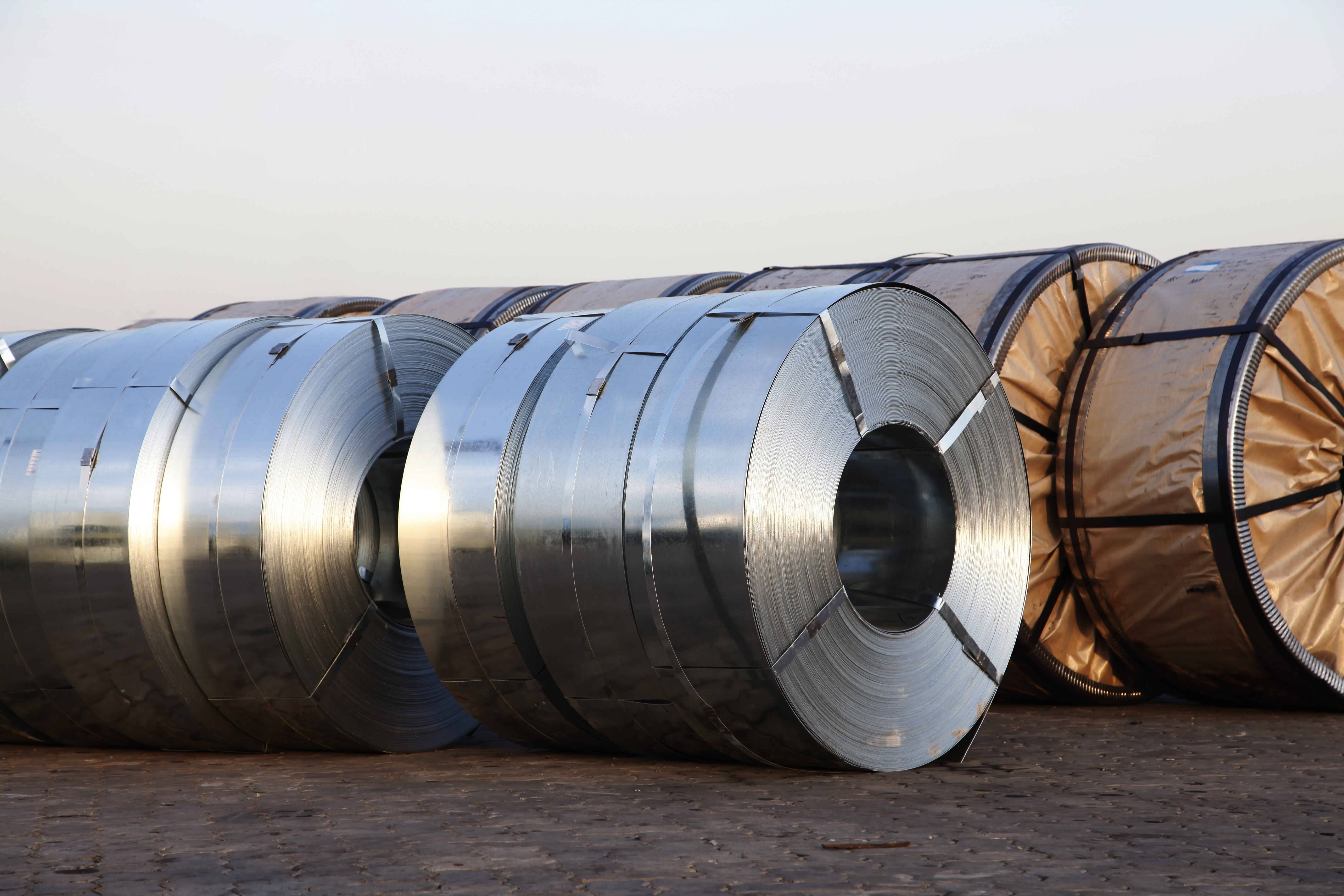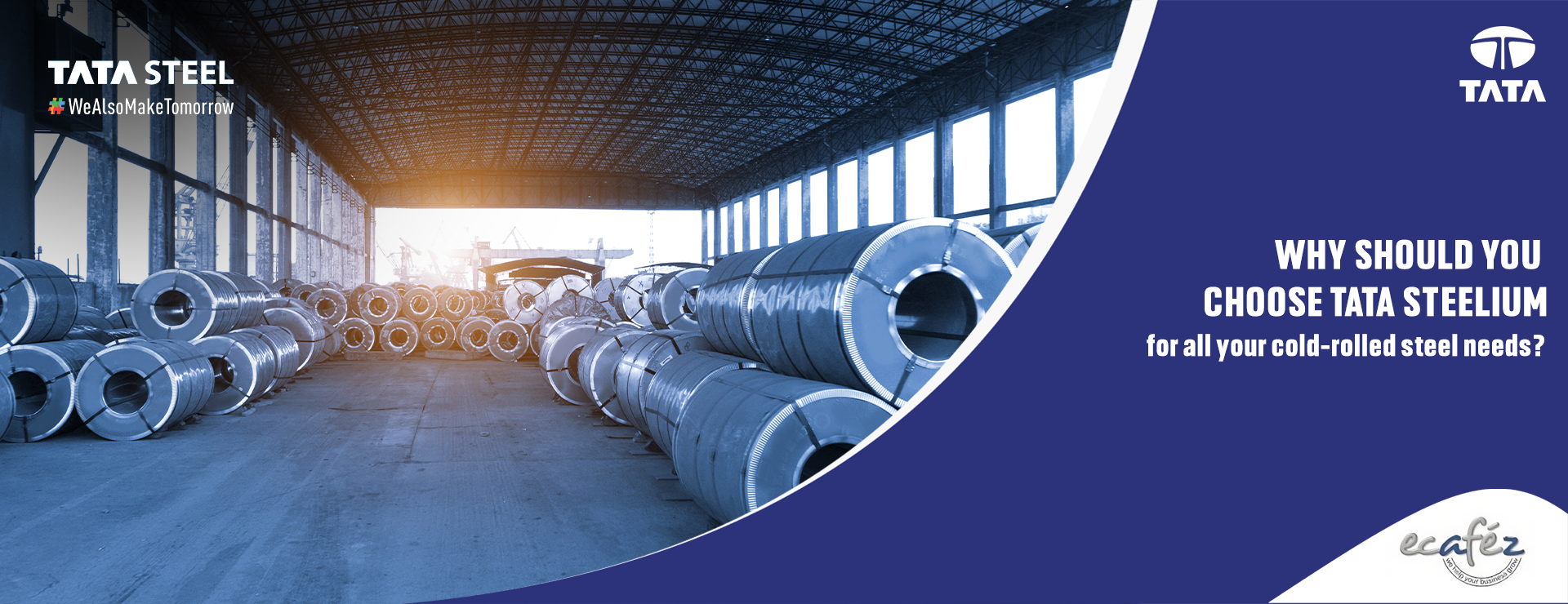Analyzing the Dynamics of Steel Prices in India: Trends, Factors, and Implications
Steel has become the backbone of modern infrastructure. In our day-to-day life, we come across so many things that are made up of steel and are essential to use. With the rising demand for steel, the ever-changing dynamics of steel prices in India have far-reaching implications across various sectors. In this blog, we will learn about the trends in steel prices, along with some factors that are gradually leading steel to become the most in-demand alloy and its various implications. Factors Driving Steel Demand Infrastructure Development- India's rapid urbanization and industrialization have fueled unprecedented demand for steel. Massive infrastructure projects like smart cities, metro systems, and highway networks are directly responsible for this demand surge. The steel industry's symbiotic relationship with these projects underlines its importance in shaping India's urban future. Construction Industry-Steel's significance in construction is irrefutable. From towering skyscrapers to residential complexes, steel forms the backbone of these structures. Factors such as population growth, changing demographics, and real estate trends further amplify the demand for steel in construction projects. Automotive Sector-As the automotive industry shifts toward electric vehicles and lightweight designs, steel remains a crucial material. The transition may alter steel consumption patterns, with high-strength steel finding new applications in vehicle manufacturing, impacting both demand and pricing. Manufacturing and Machinery-The heart of manufacturing lies in machinery, much of which relies on steel components. The industry's growth fuels demand for steel, and fluctuations therein create a ripple effect, influencing the cost of manufacturing and subsequently, the pricing of finished products. Global Trade and Exports-International factors wield substantial influence over steel prices in India. Trade agreements, geopolitical events, and global economic trends can disrupt the supply-demand balance. Fluctuations in exports and imports can exacerbate domestic price volatility, calling for a keen eye on global developments. Factors Driving Steel Demand Infrastructure Development- India's rapid urbanization and industrialization have fueled unprecedented demand for steel. Massive infrastructure projects like smart cities, metro systems, and highway networks are directly responsible for this demand surge. The steel industry's symbiotic relationship with these projects underlines its importance in shaping India's urban future. Construction Industry-Steel's significance in construction is irrefutable. From towering skyscrapers to residential complexes, steel forms the backbone of these structures. Factors such as population growth, changing demographics, and real estate trends further amplify the demand for steel in construction projects. Automotive Sector-As the automotive industry shifts toward electric vehicles and lightweight designs, steel remains a crucial material. The transition may alter steel consumption patterns, with high-strength steel finding new applications in vehicle manufacturing, impacting both demand and pricing. Manufacturing and Machinery-The heart of manufacturing lies in machinery, much of which relies on steel components. The industry's growth fuels demand for steel, and fluctuations therein create a ripple effect, influencing the cost of manufacturing and subsequently, the pricing of finished products. Global Trade and Exports-International factors wield substantial influence over steel prices in India. Trade agreements, geopolitical events, and global economic trends can disrupt the supply-demand balance. Fluctuations in exports and imports can exacerbate domestic price volatility, calling for a keen eye on global developments. Implications of Steel Price Dynamics Economic Impact Fluctuations in steel prices have a cascading effect on the economy. From manufacturing costs to consumer prices, steel's price dynamics play a pivotal role in inflation rates and overall GDP growth. Business and Investment Decisions Businesses that rely heavily on steel must make informed decisions based on price forecasts. Unpredictable steel prices can impact supply chains, production strategies, and investment planning. Employment and Labor The health of the steel industry has a direct bearing on employment rates. As demand fluctuates, so do job prospects, potentially leading to either job creation or loss. Sustainability Considerations Amid environmental concerns, the growth of the steel industry aligns with sustainability goals. Innovations in production methods and material usage can shape both steel prices and its long-term environmental impact. Future Outlook Anticipating future trends in steel prices requires a multifaceted approach. Technological advancements, changing consumption patterns, and global market dynamics will collectively influence the trajectory of steel prices in India. How Tata DigEca can help? An online platform by Tata Steel, that resonates with the 'Make in India' vision. By fostering projects that utilize advanced steel solutions, Tata DigEca not only drives steel demand but also empowers sustainable growth. DigEca brings all the stakeholders by providing them with a common platform to explore the variety of steel products and choose the best steel products for the project required. With top-quality steel, you can elevate your construction endeavors. Be assured of the future of steel sourcing and construction excellence with DigEca.
